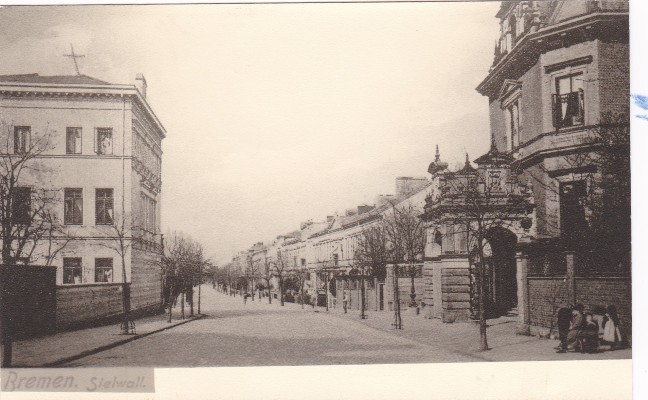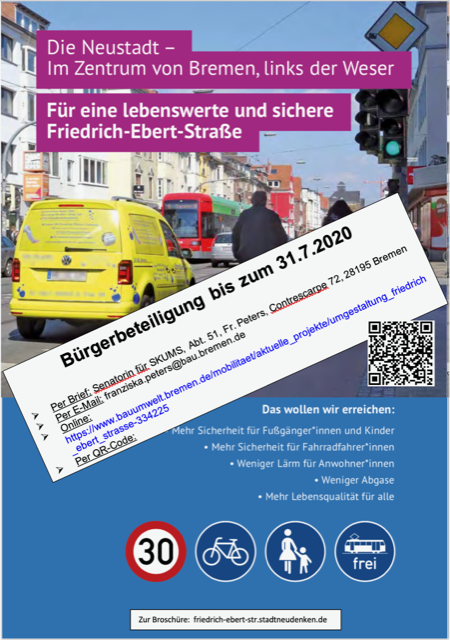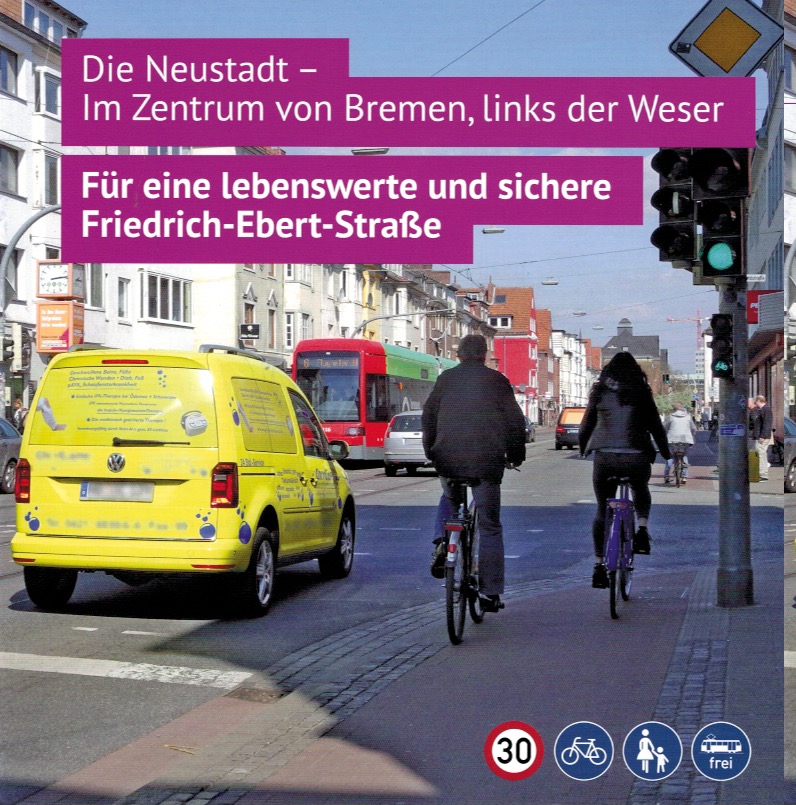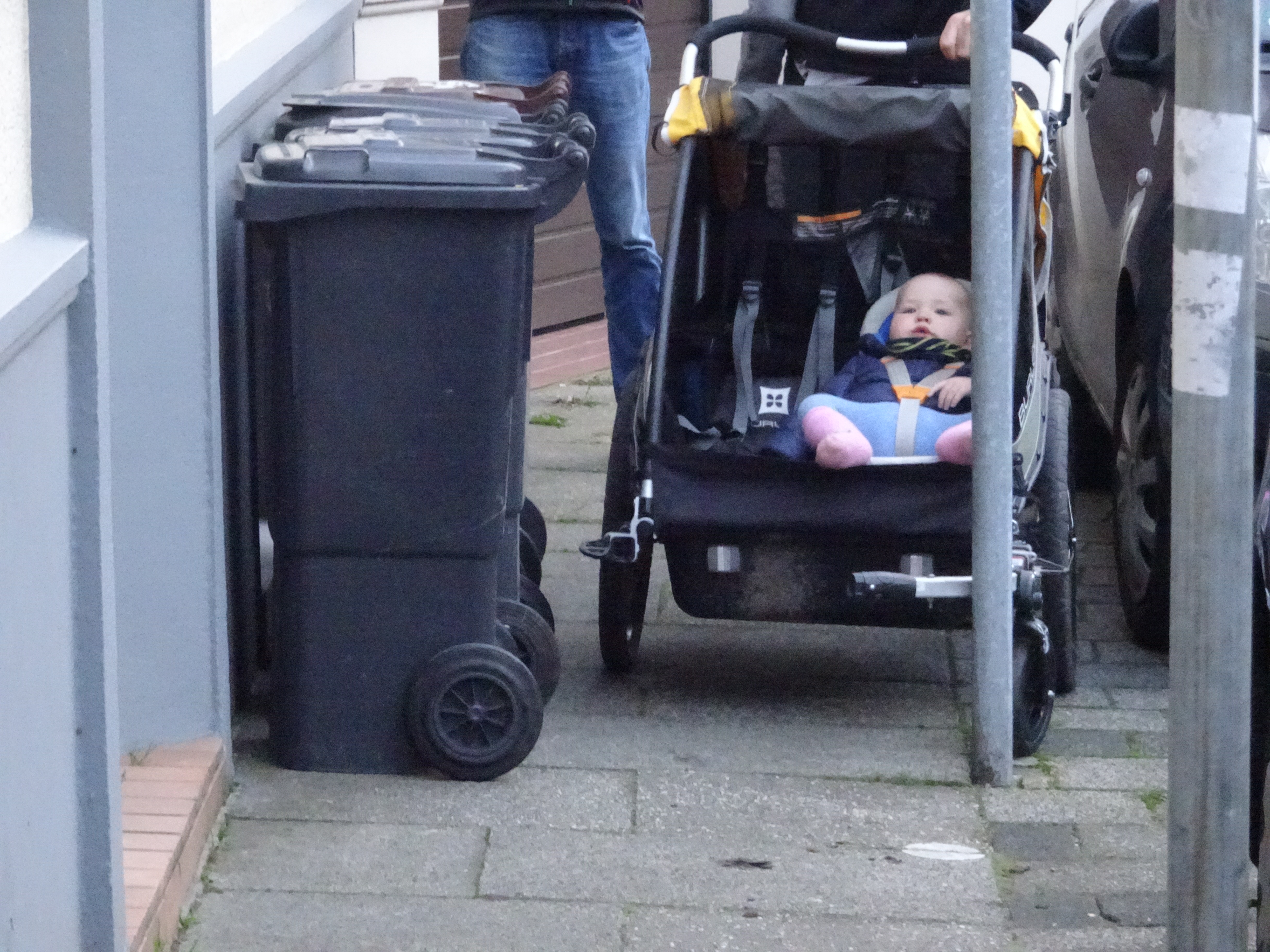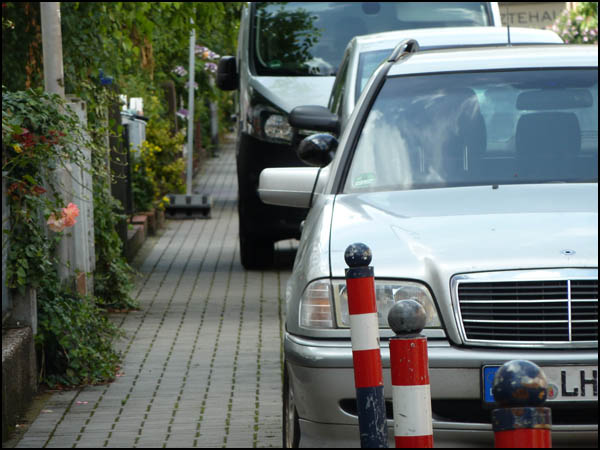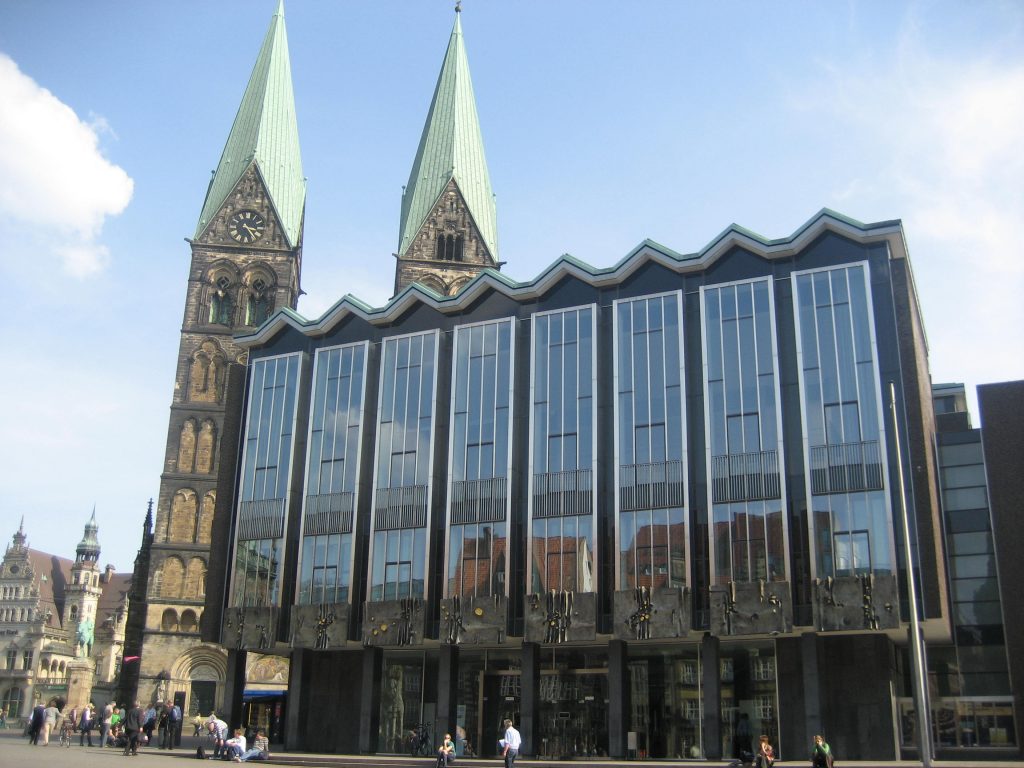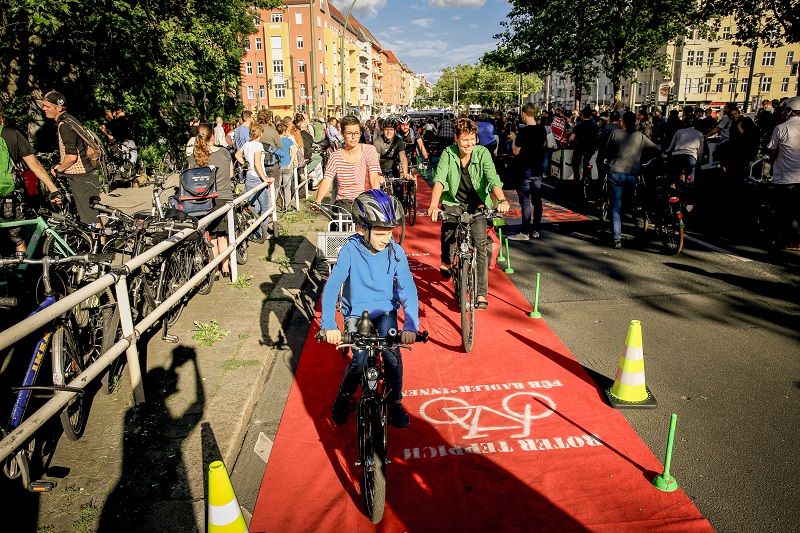or: How the Germans could become more beautiful and happier (Ricarda Huch)
“I believe that if all Germans cycled, they would lose their dull sensuality and be happier and more agreeable.” (Ricarda Huch to Richard Huch 1896)
The Free Hanseatic City of Bremen was a pioneer in the successful promotion of cycling in Germany in the 19th century1. And today, every second cyclist in Bremen is a woman – at least. But that was by no means the case 150/160 years ago. The bicycle – initially developed as a penny-farthing – was a male means of transport. Sons of wealthy merchants, factory owners and aristocrats could afford such a thing, because in 1880 a penny-farthing cost at least 200 marks, which was unaffordable for the working class. Even in 1912, the cheapest touring bike cost 30 marks, the equivalent of two weeks’ wages for a worker2.
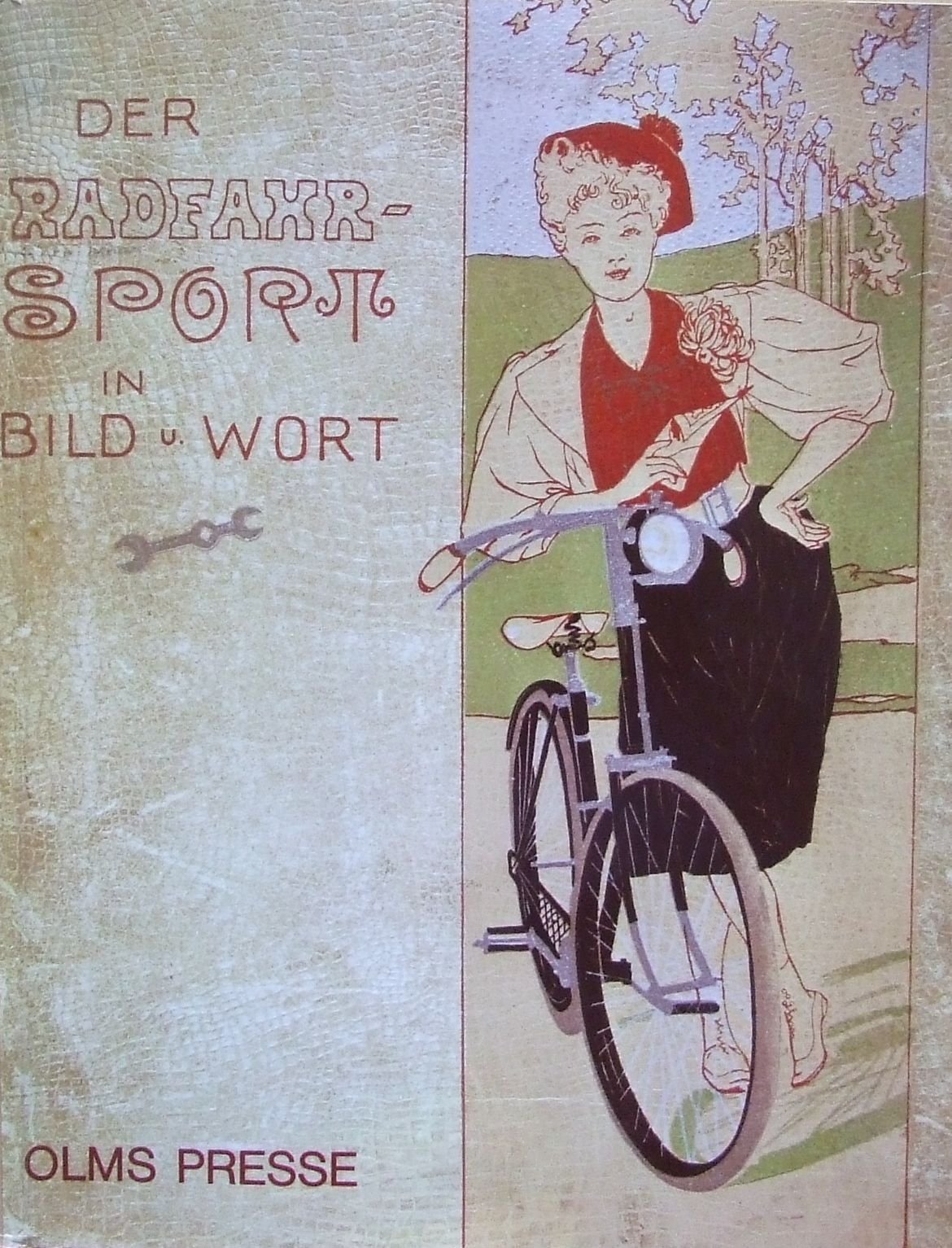
The safety bicycle and pneumatic tyres changed everything (Foto: Museumsdorf Cloppenburg – Niedersächsisches Freilichtmuseum)
There were plenty of women who fancied sport and exercise, and the bicycle was an attractive, if dangerous, option. But there were essentially three obstacles standing between bicycles and women: social norms and (consequent) clothing, the slow pace of technological change, and the price of a bicycle.
It was only with the invention of the “safety bicycle” in 1885 (and pneumatic tyres in 18883), its mass production and the resulting drop in prices that the bicycle became accepted by the entire population – and thus also by women4. Continue reading Cycling Women in the 19th Century in Bremen
